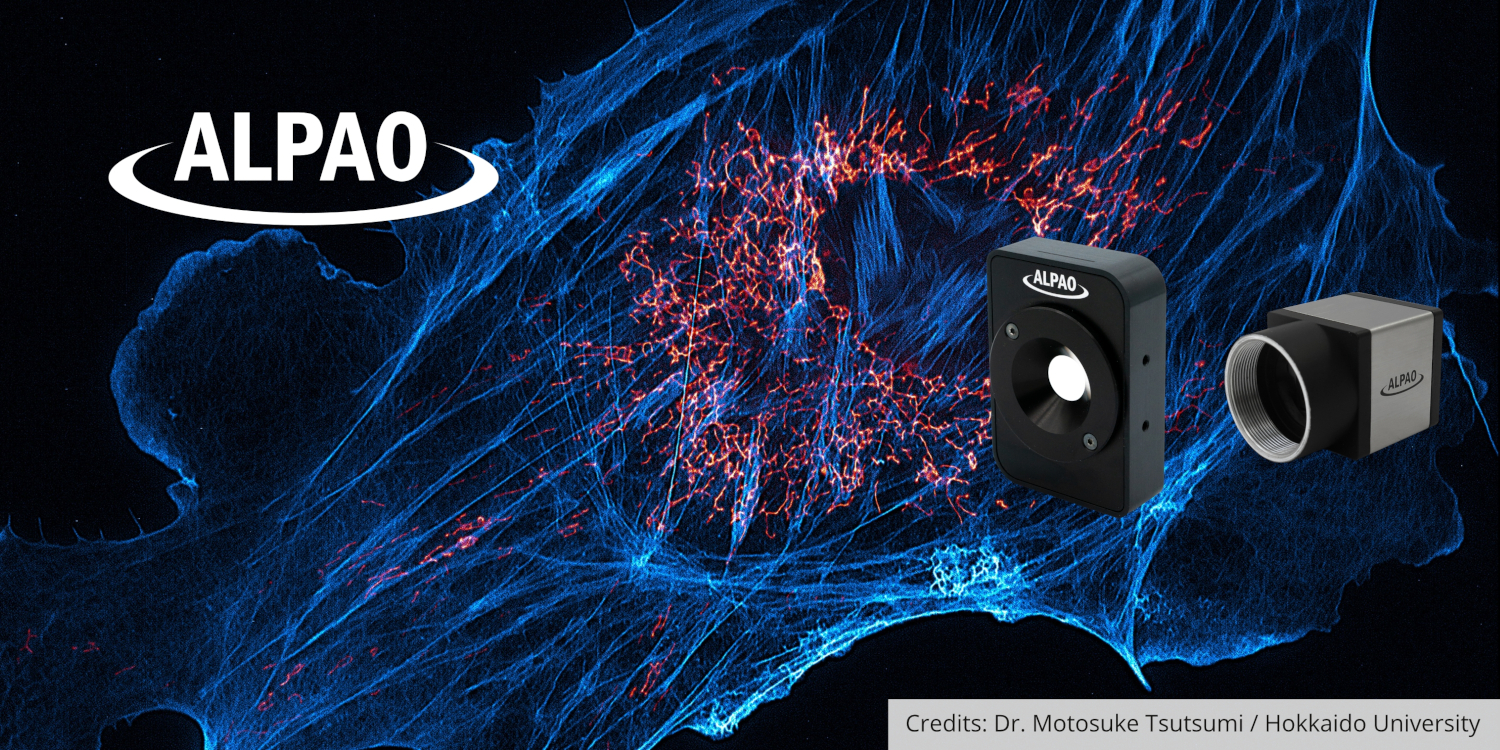Events

Industry Tutorial: Adaptive Optics in microscopy benefits and trends
15 June 2023 10:00 - 11:00
Eastern Time (US & Canada) (UTC - 04:00)Nowadays, adaptive optics has become an important part of microscopy. Join our webinar to get insights on this key technology and to understand how Adaptive Optics (AO) components and systems can be integrated inside microscopy systems to improve your image quality. Don't miss this unique opportunity to learn more about the benefits and trends of AO in microscopy, presented by renowned experts in this field.

Speakers
Martin Booth
Deputy Head of Department, Department of Engineering Science, University of Oxford
Prof Booth is Professor of Engineering Science at the University of Oxford. His research involves the development and application of adaptive optical methods in microscopy, laser-based materials processing and biomedical science. He has held Royal Academy of Engineering and EPSRC Research Fellowships and in 2016 received an Advanced Grant from the European Research Council. He was appointed Professor of Engineering Science in 2014. In 2012 Prof Booth was awarded the “Young Researcher Award in Optical Technologies” from the Erlangen School of Advanced Optical Technologies at the University of Erlangen-Nürnberg, Germany, and a visiting professorship at the university. In 2014 he was awarded the International Commission for Optics Prize. He has over 170 publications in peer-reviewed journals, over 25 patents, and has co-founded two spin-off companies, Aurox Ltd and Opsydia Ltd.
A universal framework for adaptive optics microscopy
Tian-Ming Fu
Assistant Professor, Department of Electrical and Computer Engineering and Princeton Bioengineering Initiative, Princeton University
An Integrated Imaging System for Observing Subcellular Dynamics in Multicellular Organisms
“Seeing is believing”. The urgency to observe and quantify molecular and subcellular dynamics inside multicellular organisms is impeded by a major dilemma in available imaging technology. The large dynamic range of biological processes—interactions of molecules within milliseconds result in changes across whole-organisms over days—calls for imaging with high spatiotemporal resolution and large-scale long-term coverage. However, high resolution imaging often requires frequent sampling in both space and time and hence limits its spatiotemporal coverage. To tackle this dilemma, we have integrated different imaging technologies into a novel multimodal imaging platform—MOSAIC—that can be easily reconfigured to optimize for specific biological applications and provide complementary information of the same samples across spatiotemporal scales. Importantly, adaptive optics correction is implemented for each imaging modality to recover resolution and contrast deep inside optical challenging multicellular organisms. I will demonstrate the application of this platform to various biological systems, including cultured cells, embryoid bodies, Drosophila, Caenorhabditis elegans, zebrafish, and live mice. This integrated imaging platform opened new windows to probe dynamics in biology with minimum perturbation and expanded spatiotemporal ranges.


